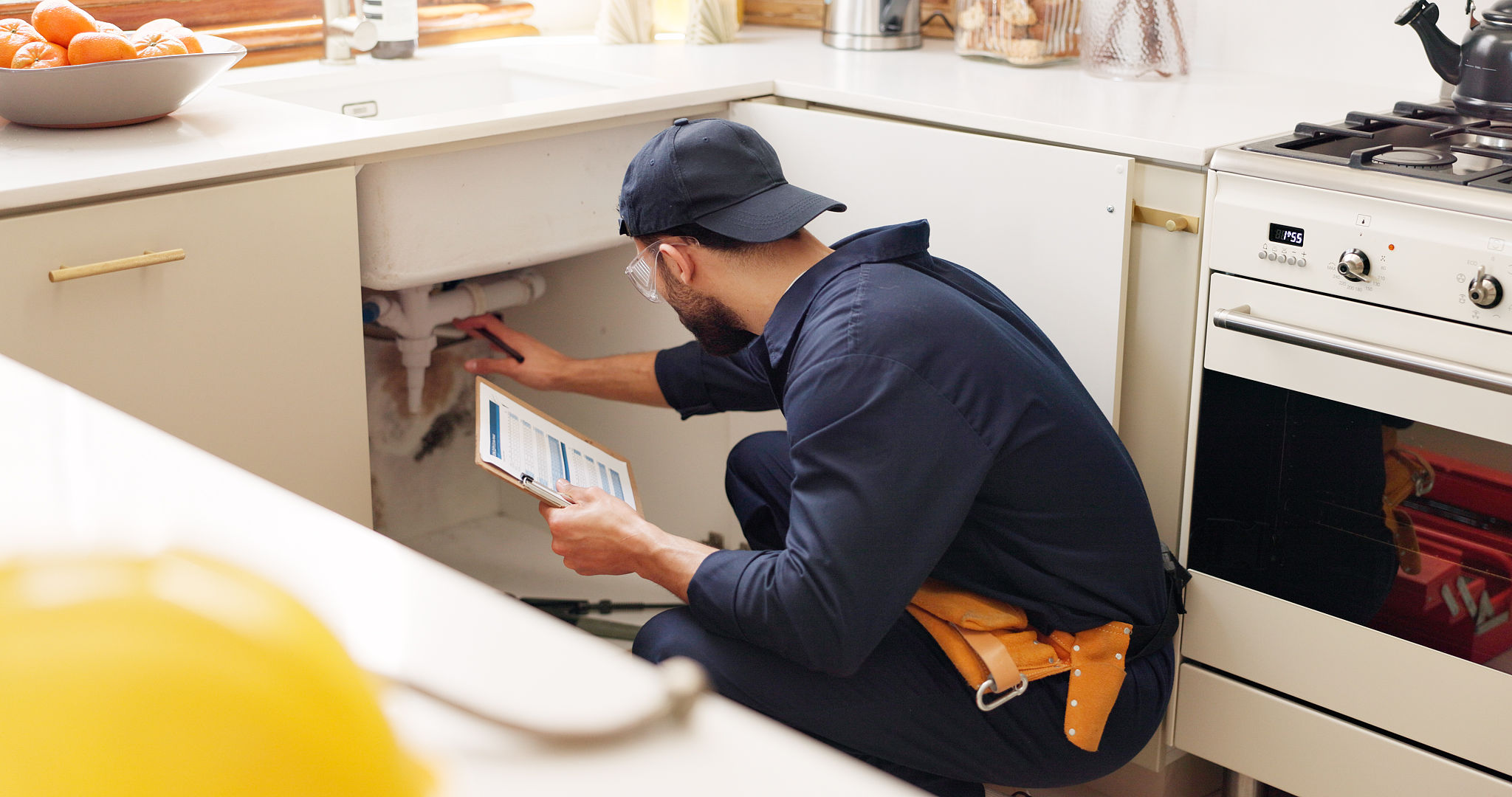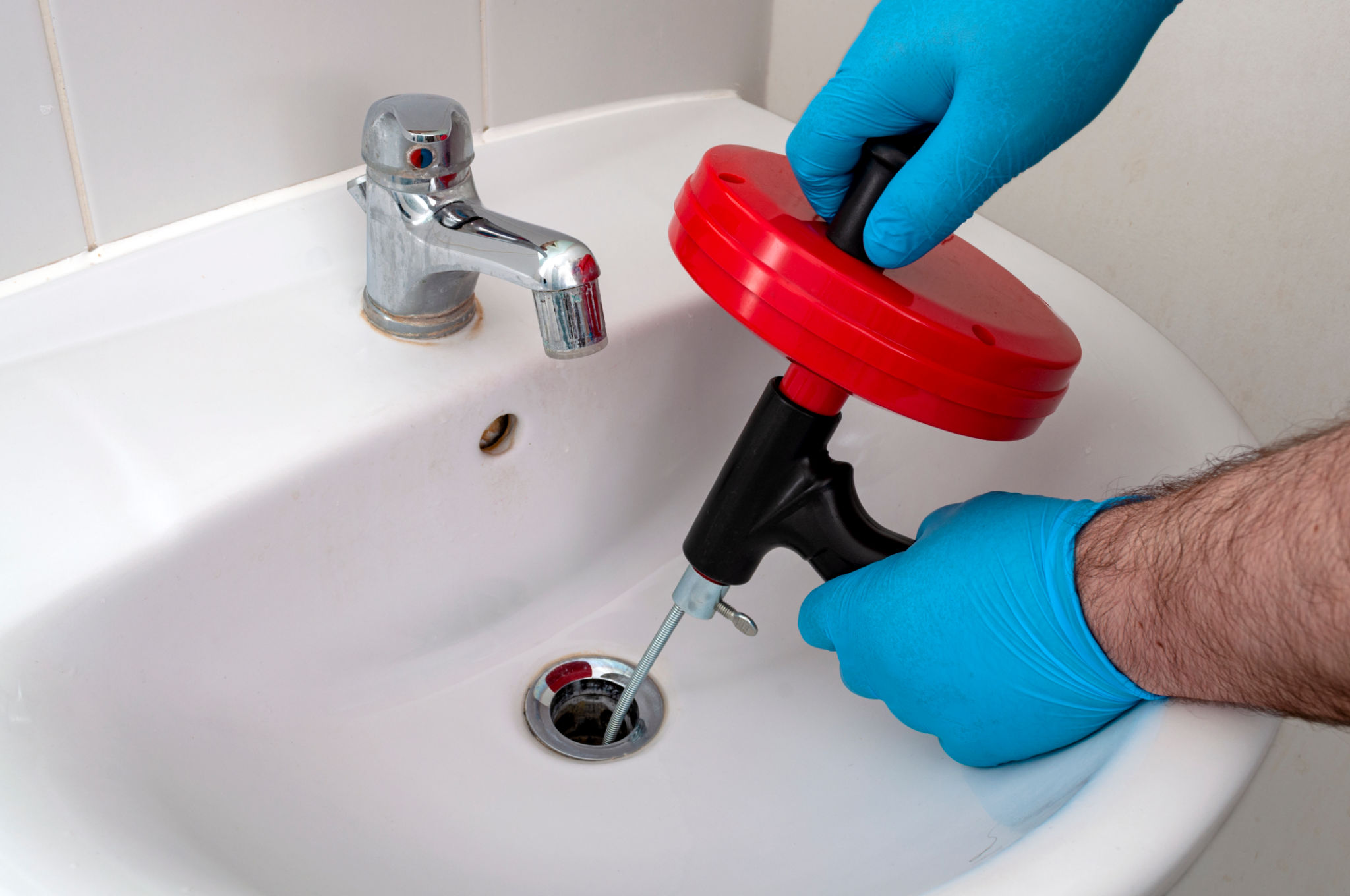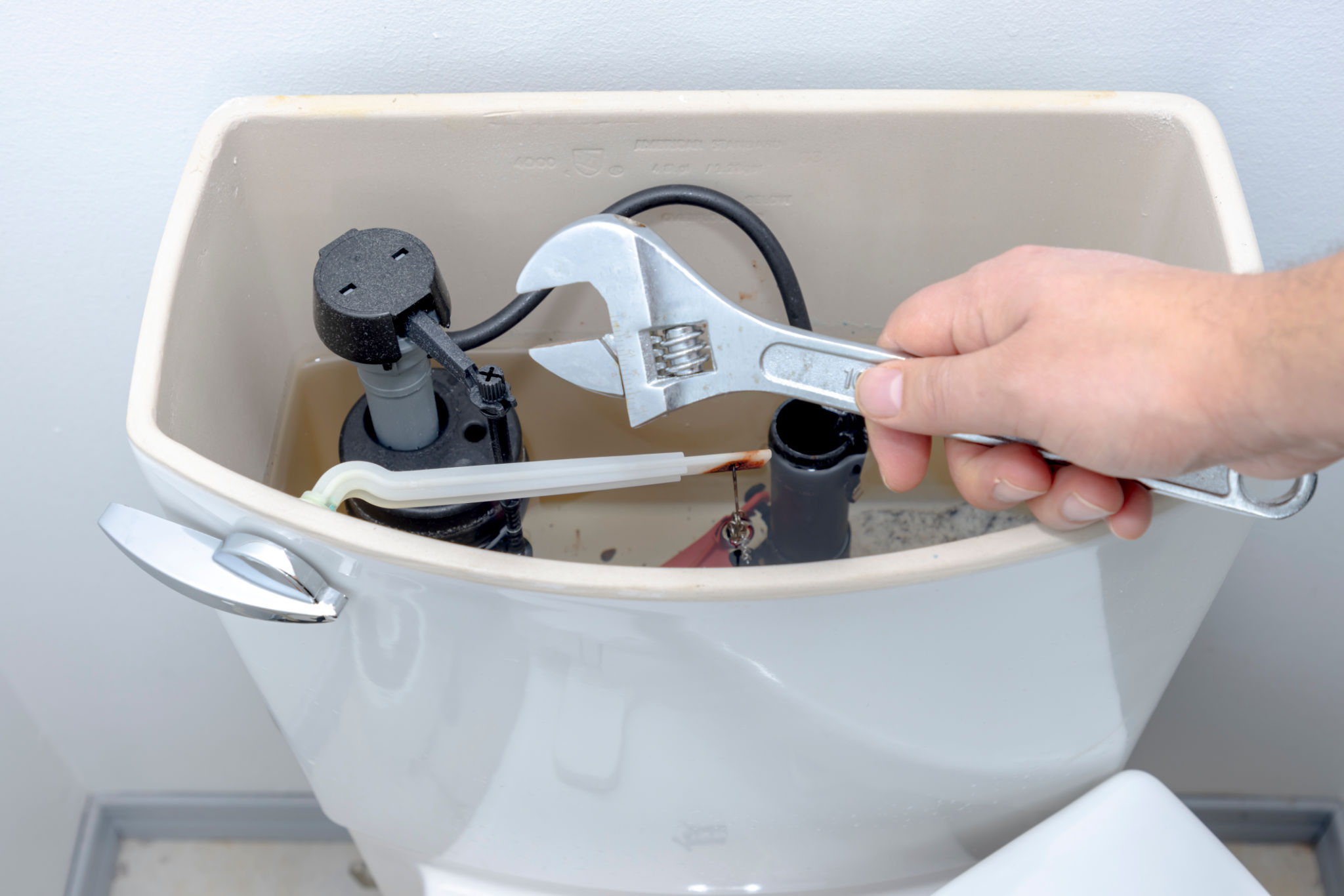DIY Plumbing Fixes for Common Household Issues
Understanding the Basics of DIY Plumbing
Plumbing issues can be a major inconvenience, but not every problem requires a professional plumber. With a little knowledge and the right tools, many common household plumbing issues can be fixed with some DIY effort. Knowing the basics can save you time and money while giving you the satisfaction of solving the problem yourself.

Fixing a Leaky Faucet
A leaky faucet is not only annoying but can also waste a significant amount of water over time. The most common cause of a leaking faucet is a worn-out washer or O-ring. To fix this, start by turning off the water supply to the faucet. Then, disassemble the faucet to access and replace the faulty part. Make sure to bring the old washer or O-ring to the hardware store to find an exact match.
Reassembling the faucet carefully and turning the water supply back on should solve the problem. If the leak persists, it may be time to consider replacing the entire faucet.
Clearing Clogged Drains
Clogged drains are a frequent issue in most households. Hair, soap, and grease can build up over time, causing water to drain slowly or not at all. A plunger is often effective for minor clogs. For more stubborn blockages, a plumbing snake or auger can help dislodge the debris and clear the drain.

For preventative measures, regularly clean your drains with a mixture of baking soda and vinegar followed by hot water. This natural solution helps keep your pipes clear and odor-free.
Toilet Troubles: Running and Clogged Toilets
A running toilet can waste gallons of water daily. This issue is often caused by a faulty flapper valve or an improperly adjusted float. To fix it, first inspect the flapper for wear and replace it if necessary. Adjusting the chain length attached to the flapper or ensuring the float is set correctly can also resolve running toilet issues.
Clogged toilets are another common concern. A plunger is usually sufficient to clear most blockages. For severe clogs, a toilet auger can reach deeper into the pipes to remove obstructions.

Repairing Low Water Pressure
Low water pressure in faucets and showerheads can be frustrating. Mineral buildup in aerators or showerheads is often to blame. To fix this, remove the aerator or showerhead and soak it in vinegar to dissolve mineral deposits. Scrubbing with a brush will help remove any remaining buildup before reassembling.
If low pressure persists throughout your home, it may indicate a more serious issue requiring professional assistance.
Preventative Maintenance Tips
Regular maintenance can prevent many plumbing issues before they start. Here are some tips:
- Inspect pipes regularly for signs of leaks or corrosion.
- Avoid using chemical drain cleaners as they can damage pipes over time.
- Install mesh screens over drains to catch debris.
- Know where your home's main water shut-off valve is located in case of emergencies.

By taking these measures, you can extend the life of your plumbing system and reduce the likelihood of unexpected problems.
